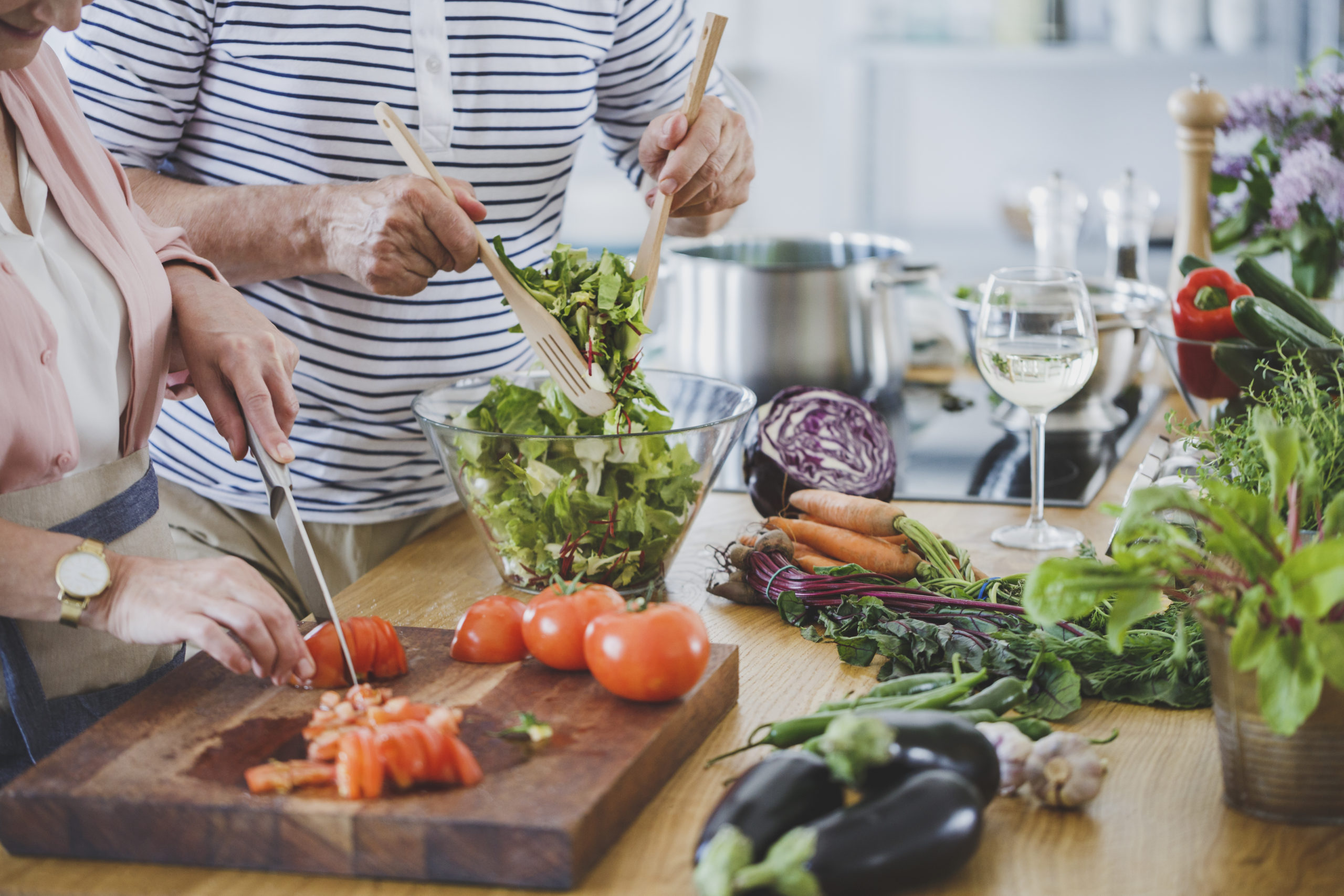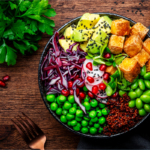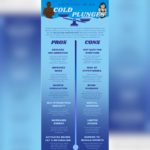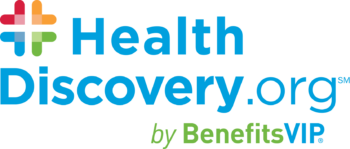If you’re a caregiver for someone diagnosed with heart disease or other cardiac condition, one of the first rules handed down by the doctor was likely “eat less salt.” But how does salt harm the heart? What does “eat less salt” mean? And how can you cook anything palatable without it? It starts with an understanding of the science and culinary solutions for heart-healthy cooking.
We all know the lifestyle risks that can contribute to heart disease – and the lifestyle solutions that can help manage it. Better eating habits often start with better cooking habits, and this can be done without sacrificing flavor. Of course, always follow the guidance of your loved one’s treatment team, which may include a physician and registered dietician. Here’s the why and the how to achieve better heart-healthy cooking as a cardiac caregiver.
Sodium levels can raise and lower BP.
Research has consistently supported the connection between sodium consumption and blood pressure: “excessive sodium consumption has been shown to produce a significant increase in BP and has been linked with onset of hypertension and its cardiovascular complications.”1 Hypertension or high blood pressure (HBP), defined as 120/80, increases the risk of heart attack, stroke and heart disease. Sodium intake isn’t the only factor here, but improved diet is one of the most accessible and impactful lifestyle changes (along with quitting smoking). The good news is that a reduced sodium diet for four or more weeks also caused “a significant fall in BP” and reduced cardiovascular complications.2
Sodium is not inherently harmful and is in fact an essential nutrient. We need about 500 milligrams a day to maintain healthy function, but that’s much less than the daily American average of 3,400 milligrams.3 The cardiovascular risk comes from inappropriate or excessive consumption, defined by the World Health Organization (WHO) as >5,000 milligrams of sodium daily. WHO recommends <2,000 milligrams per day. For comparison, major chain burgers often contain over 1,000 milligrams.
More salt means more strain.
Typically, excess sodium (as with many nutrients) is harmlessly passed in urine. Due to modern, excessively salty diets, the kidneys are being tasked with filtering more sodium than they can handle. The body’s solution to this problem is to hold onto more water to dilute the sodium until it can be passed. However, this increases the volume of blood flowing through the heart and veins. That extra volume raises blood pressure and makes the heart work harder.4
On occasion, this situation isn’t troubling – don’t fret over the hot dog and nachos at the stadium – but consistently high levels of sodium in everyday foods and the habit of high-salt diets creates the problem. Over time, the increased pressure strains and changes the artery walls, making them less elastic and stiffer.5 This stiffness contributes to many cardiac conditions including coronary artery disease, stroke, heart failure and atrial fibrillation.
If too much salt is harmful, why is salt in everything?
Just as sodium is an essential nutrient, salt is an essential culinary ingredient. Most foods wouldn’t taste the same without it, and others wouldn’t exist at all. Salt has many roles in cooking, primarily in taste and preservation.
There is a clear distinction between the use of salt in home cooking and in processed foods. Researchers consistently find that the leading source of dietary sodium intake is “sodium added to food outside the home,” meaning salt in processed foods, salty snacks, restaurant preparation, fast food, frozen meals, etc. One study found that this accounted for over 70% of total salt consumption. By comparison, salt used in home cooking accounted for about 6%, and salting just before eating, about 5%.6
Unless the doctor has ordered a strict no-sodium diet, the salt used in home cooking shouldn’t be a big concern.
Salt is a flavor enhancer and as such has an important role in nearly every dish – even dessert (try a little salt the next time you eat chocolate – it wakes up the flavor). Salty is one of the main flavors we taste (with sour, bitter, sweet and umami). When used in moderation, salt interacts with these other flavors – enhancing salty and sweet while balancing bitter and sour. Salt has been described as making ingredients taste more like themselves, amplifying the unique essence of meats and vegetables.7
Salt also helps preserve foods by creating an environment inhospitable to harmful bacteria. In the case of dried or cured meats, the salt brings moisture to the surface where it can evaporate, removing the water bacteria needs to survive.8 Similarly, salt is often used to enable fermentation (another form of preservation) like in pickles and sauerkraut to draw liquid from the vegetables and create an environment that allows the beneficial bacteria to thrive and prevents bad bacteria from setting up shop.
Being aware of sodium content when shopping is one solution for heart-healthy cooking.
Processed foods often take salt’s properties of deliciousness and preservation too far and use it to entice the consumer and extend shelf life. Salt and sodium-based flavorings add extra, addictive flavor while keeping them edible longer. This is why you’ll often see high levels of sodium in canned goods, prepared frozen meals, and fast food – and lower levels in home cooking with fresh ingredients. When buying prepared or processed foods, including sauces, condiments, salad dressing and seasoning blends, be sure to check the label for sodium amounts.
Here’s how to season smartly.
As mentioned, one of the best solutions for heart-healthy cooking is to limit or avoid processed food, whether from restaurants or the grocery store, but there are ways to moderate salt use in home cooking while still providing the bold flavors associated with processed foods. Here are some ideas:
- Acids like citrus zest or juice and vinegar add bright, tangy flavors. Try out different kinds as they all bring unique qualities. Lemon and lime tend to be the tartest, orange is mellower and floral, and grapefruit has interesting bitter notes. Balsamic vinegar is sweeter, almost syrupy, whereas a sherry vinegar has more savory notes.
- There are many fresh and dried chiles with unique flavor profiles to experiment with, but spices don’t have to be spicy. Coriander, cumin, turmeric and cinnamon can all jazz up a dish without adding salt or heat. Smoked paprika adds an extra dimension similar to bacon, but without the fat.
- You can also lean into herbs and aromatics, like garlic and onions. Parsley and cilantro are common herbs, but try dill with mushrooms or fish, or tarragon’s anise (sometimes called licorice) flavor with chicken. French cooking relies heavily on herbs and a mix of aromatics called mirepoix, often onion, carrot and celery, as a base for sauces and soups.
Using ingredients to build layers of flavor reduces the need to compensate with heavy salting or sodium-heavy condiments at the end.
A low-sodium diet doesn’t have to be a bland diet. Keeping it interesting will make any restrictions easier and more enjoyable to stick with. And with a little meal preparation, you can replace the prepared foods or take-out on busy days with tasty, heart-healthy home cooked meals.
1 Nutrients, “Sodium Intake and Hypertension”
2 Ibid
3 Harvard School of Public Health, “The Nutrition Source: Salt and Sodium”
4 Ibid
5 Nutrients, “Sodium Intake and Hypertension”
6 Circulation, “Sources of Sodium in US Adults From 3 Geographic Regions”
7 Fine Cooking, “The Science of Salt”
8 Ibid
MORE RESOURCES
Hunger: What’s Behind Those Food Cravings?
Heart Health
Take Charge of your Wellbeing in 2021 with a Personal Wellness Plan














